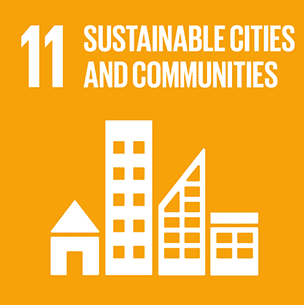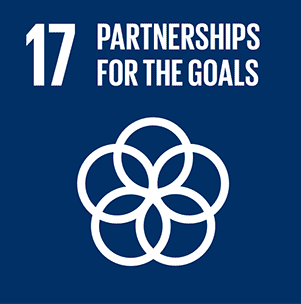MBALE , UGANDA
BUKASAKYA MATERNITY CENTRE
Project Partners: Harpenden Spotlight On Africa, HOK Architects, Silman, Kieron Tarrant
Project Brief: Spotlight on Africa’s brief was to build and operate a Maternity Centre in order to reduce one of the world’s highest Maternal Mortality Rates (“MMR”) in the Bukasakya subcounty of Mbale, Eastern Uganda. Women are 56 times more likely to die in childbirth in the Mbale District of Uganda than in the UK. These extraordinary rates of mortality would be significantly reduced and preventable deaths would be eradicated by the provision of a Maternity Centre, which is now urgently needed. Spotlight on Africa is a UK-registered charity, which works in partnership with an experienced team on the ground in Uganda called Spotlight on Africa-Uganda Foundation (“Spotlight on Africa”). Alongside Mbale local government and local community leaders, Spotlight on Africa has been delivering projects for over 14 years in very challenging environments in the Mbale District of Eastern Uganda, transforming the lives of some of the poorest people in Africa.
Our Services: Brief development, Concept Design, Developed Design, Technical Design.
Having developed a Community Health Outreach Programme over the last 10 years, HSOA opened The Bukasakya Level 3 Health Centre in November 2017; which, in its 1st year had over 50,000 patients. The Health Centre provides a comprehensive 24/7 service to include general outpatients, maternity care and childbirth facilities. It is also supported by an ambulance service.
HSOA enlisted CAUKIN to design a Maternity Centre in an effort to progress the site to a recognised Level 4 service. The aim was to provide a much-needed health facility for a community where home births are common and maternal and neo-natal death rates (MMR and NMR) are tragically amongst the highest in the world.
The proposal looks at grouping spaces together for different patient experiences. The outpatient services located towards the front of the building are close to the reception and waiting area and are separated from the in-patient spaces to minimise patient cross-over. For the in-patient area, rooms have been strategically planned to follow the birthing stages, starting out in triage and ending in the post-natal ward. The waste disposal and dirty utility/sluice room have been located close to the future incinerator and placenta pit.
The design utilises entirely locally sourced materials and aims to reduce the building’s embodied carbon through the use of natural materials including timber and unfired earth bricks.
The massing is intended to be striking and ambitious whilst remaining cost friendly, buildable and familiar within the local context. A tall ceiling height at the reception creates a bright and airy atrium space which welcomes visitors. Key spaces look across the courtyard, providing access to greenery and views for inpatients whilst aiding with air circulation and access to light.
Strategic and medical planning was carried out in collaboration with HOK Architects. Structural engineering was carried out by Silman, with MEP design being carried out by d:for and site drainage engineering by Kieron Tarrant.
We would like to say a special thank you to Harrison Yamamoto, Amy Harrington, Jacquie Payne, Kieron Tarrant and Pete Carvell for their support and guidance.



















